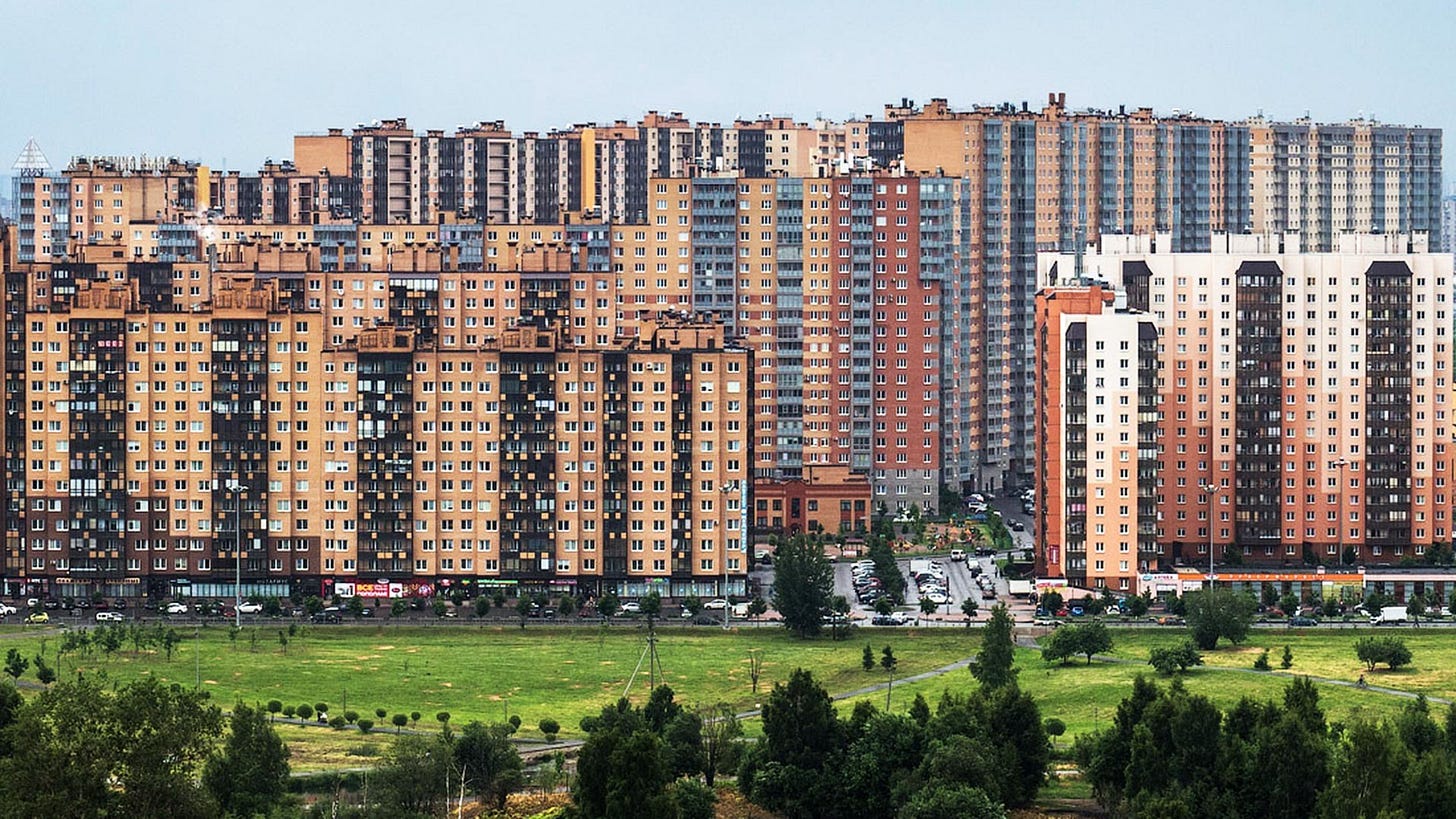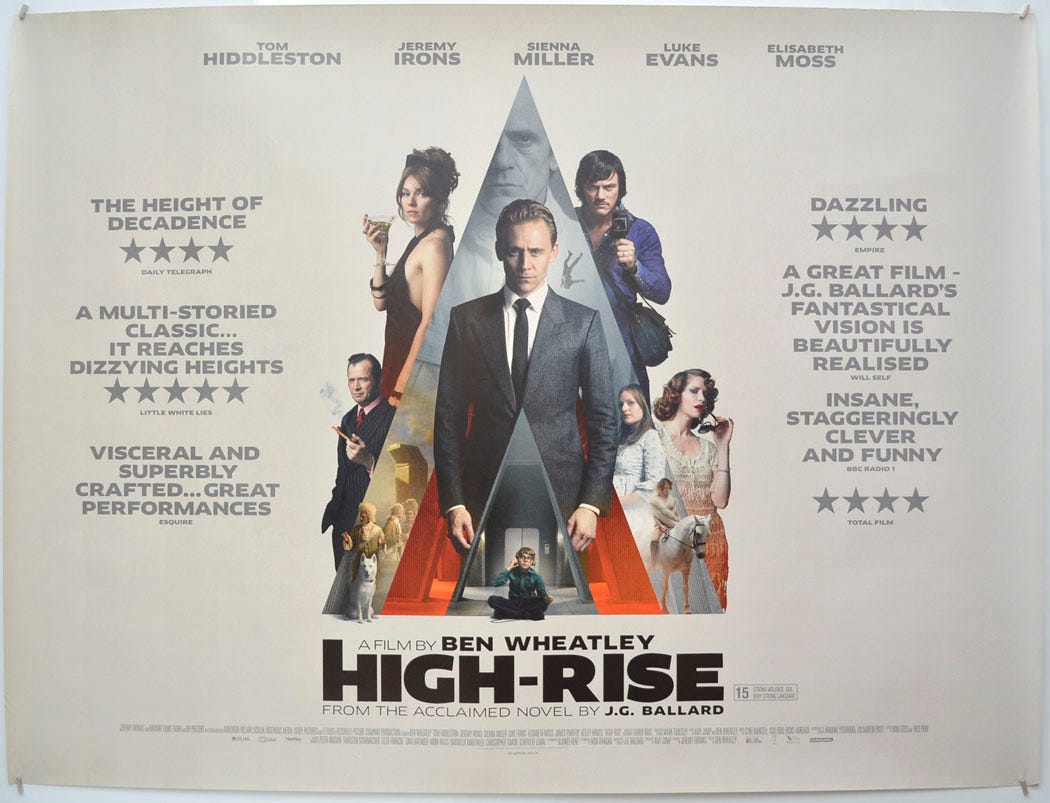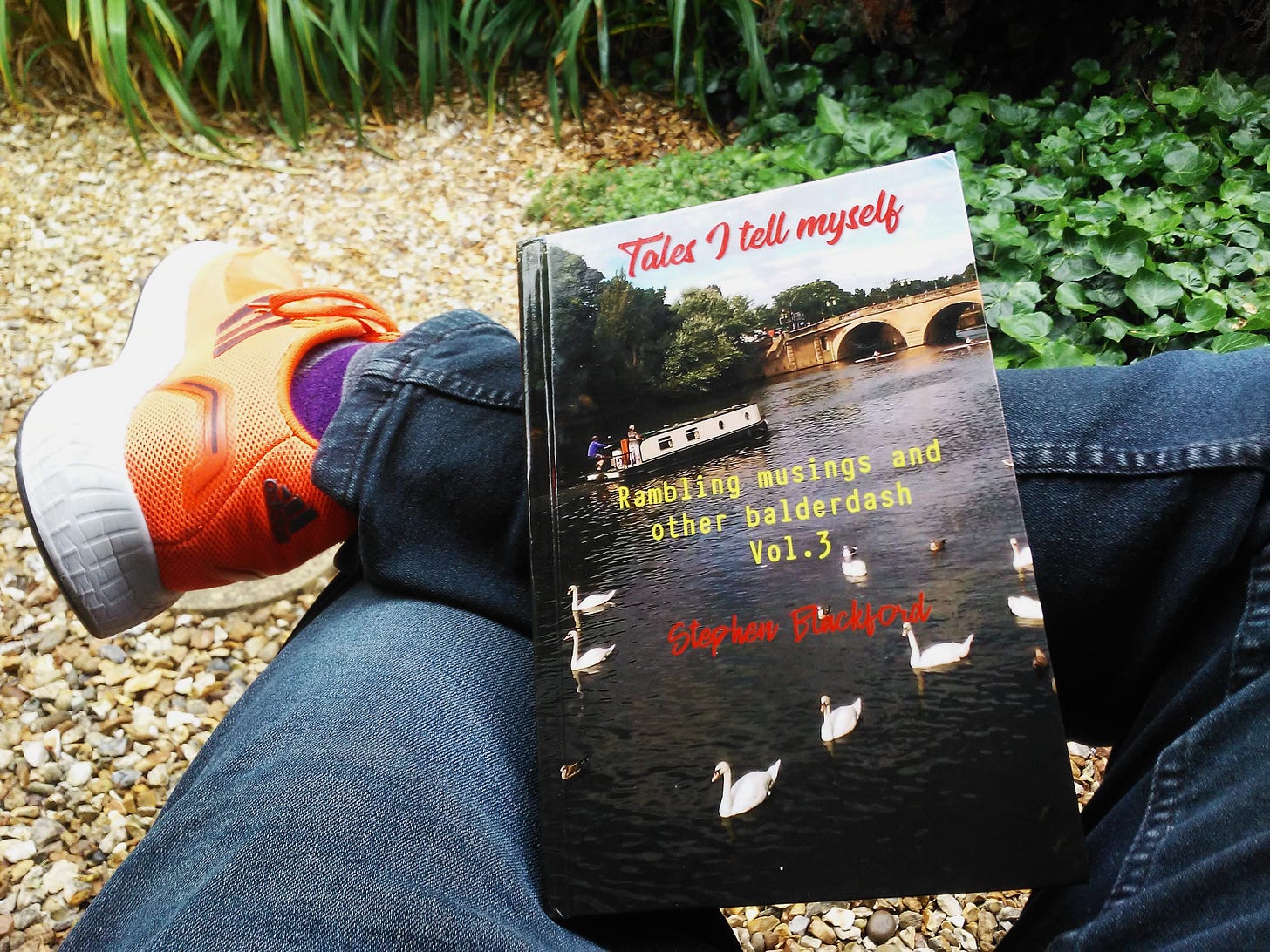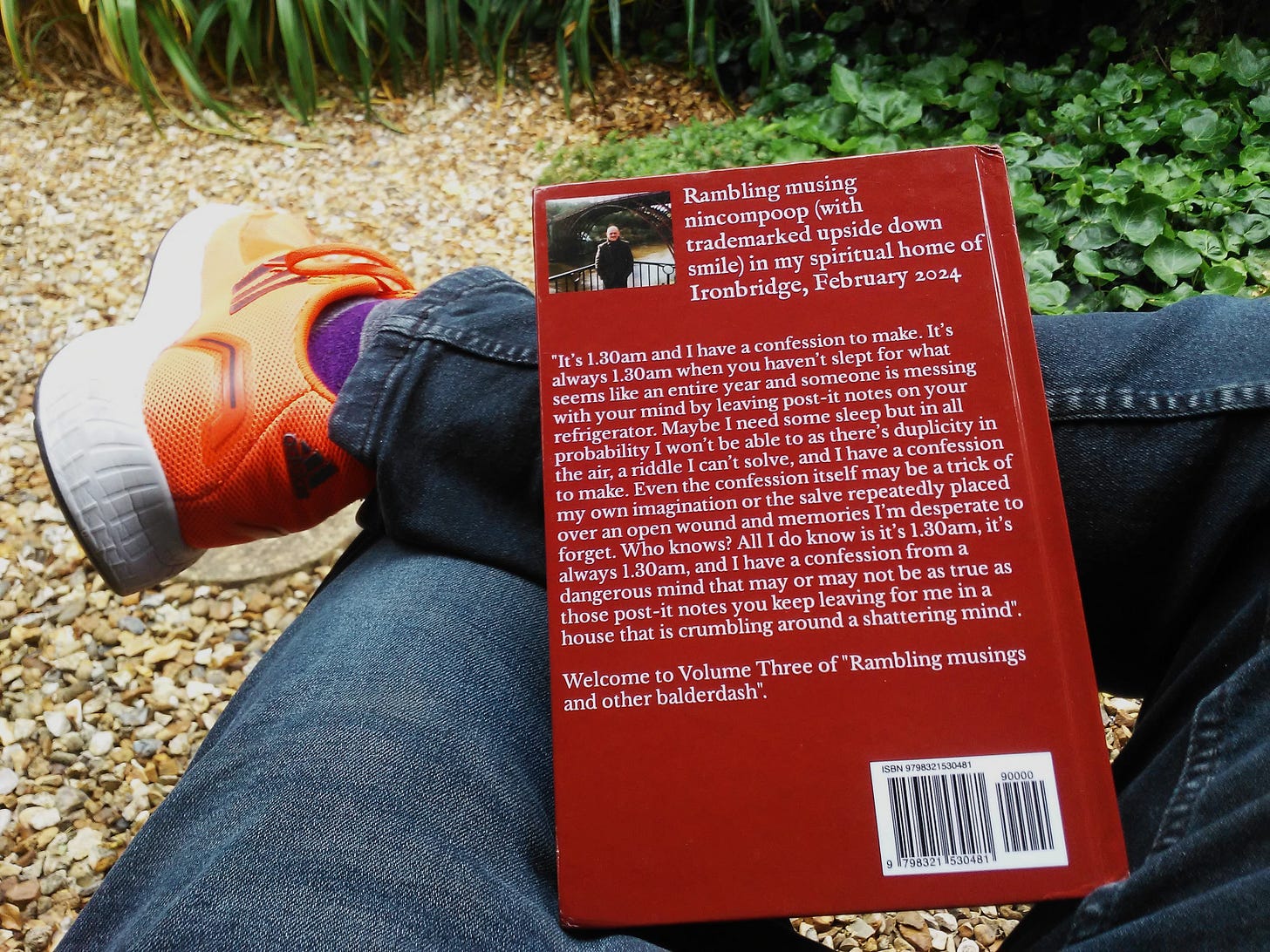The “Human Anthill” and a dystopian future coming to you soon
the world’s most crowded apartment block home to 20,000 people where you NEVER have to leave

As much as I am loathe to credit “The Sun” after their despicable behaviour in the aftermath of the Hillsborough Disaster in 1989 where 97 Liverpool football fans were unlawfully killed and the newspaper, in league with every branch of the UK Establishment, smeared and discredited the dead and their grieving families in unimaginable ways……..I have to do so here as, via an intermediary, I was sent the link I’ve attached immediately below:
Have you now read and absorbed this article? Of course you haven’t! No-one reads long form articles any more let alone mine here, so here’s a few headlines for you:
Apartment Block home to 20,000 people (20,000 people!)
3,708 apartments over 25 floors with 35 entrances
Situated in Russia (near St Petersburg) and dubbed the “Human Anthill”
Operational since 2015 and “almost like its own city”
Some people have “spent half the year without ever leaving the premises”
Home to several food shops, beauty salons, a kindergarten and a post office
So far, so horribly dystopian, right?
Right?
This is where I’ll veer into so called conspiracy theory territory but only very briefly and with one screaming real life example before falling back on a novel of a long forgotten past and a movie adaptation from the previous decade. You see, this “Anthill” is the future whether your children and grand children like it or not. “15 minute cities” and “Human Settlement Zones”, once the preserve of the tin foil hat wearers, has long since been in the public domain for disbelieving eyes that do not want to see or believe. But the infrastructure has been built or modified around us for years now with cities sectioning off large swathes of streets, cameras omnipresent wherever you go, London and Birmingham here in the UK are just two cities to implement “Low Emission Zones” (or ULEZ) and slowly but surely the screw is being tightened and zones organised for the coming mini-cities where you/I/we will be encouraged (prevented in future) to ever leave. Don’t have a reason to leave your zone or have the required carbon credits on your smartphone? Sorry sonny, you ain’t going nowhere. And why would you? Just look at the example in St Petersburg.
Here’s a radical thought for you — By the year 2050 office working will be so obsolete (people working from home, presumably in their two bedroom apartment in an anthill) that high rise offices will be largely vacant and empty. What to do with such valuable property! The answer of course is to follow the example of the tallest building in my home city of Portsmouth and convert those offices into flats/apartments. 13 stories climbing high into the sky where once I worked on floors 8 and 11 (I preferred the small contained office on 8 rather than the open plan hell of 11!) is now home to students of the ever increasing and ever popular University.
I can see you rolling your eyes from here, but this is the future being mapped out for all of us by the anti-human and barely human wraiths and lunatics in Governments the world over and all under the command of the think tanks and clubs such as the World Economic Forum. These devils won’t be living on the 45th floor of an “Anthill” in the middle of a crumbling city you can’t leave without permission.
But we will be.
Buckle up.
Anyway, here’s some thoughts I penned a decade ago on a novel that has seemed so highly prescient since I read it in conjunction with the movie in the middle of the last decade.

“Looks like the rot’s set in”
Ben Wheatley’s fifth film is the third on which long time collaborator and Partner Amy Jump receives a deserved writing credit, but this time it was adapted from the original 1975 dystopian novel by JG Ballard. Having never read the book I went into this film fresh and with only repeated viewings of the enticing trailer and having read or heard various reviews of varying quality. As a long term fan of the film’s of Ben Wheatley I wanted to love this film more than I did on my first watch and several watches later, whilst I don’t revere it alongside Kill List or Sightseers, I certainly have very little time for the sniffy and scathing reviews many professional film critics have lambasted this movie with. It’s my least favourite of his five current film releases but I admire the adaptation of an allegedly difficult novel, the scope of the world it portrays and the somewhat prescient nature of the crumbling social edifice this film metaphorically and quite starkly portrays. More of which later.
Before I continue with just a brief flavour for this film, here’s a little self regarding nonsense and another, very different, review of this film. Firstly, when I originally penned this blog article in 2012 (capturing Ben’s first three films — Down Terrace, Kill List and Sightseers) I was incredibly pleased to receive first hand feedback from his regular Director of Photography Laurie Rose on my article, with Laurie pointing out an error or two in my appreciation of Down Terrace but equally praising me on my honest and amateur film blog article. To receive such feedback from such an integral part of Ben’s film making process astounded and pleased me, and Laurie, should you be reading this 5 years later in 2017, thanks again. Who knew my simple Twitter post would be read and appreciated in this way?
Set in JG Ballard’s penned futuristic vision of a dystopian nightmare of society metaphorically, and in a grisly instance, quite literally, eating itself, we encounter “Dr Laing” (Tom Hiddleston) a Doctor at a School of Physiology, who moves into the building of the future, a High Rise Apartment Block of 40 Floors created and built by the self appointed “Architect” known as “Royal” (a brilliantly laconic Jeremy Irons). Other residents, and there are far too many dotted throughout the apartment block to name every character, include single mother “Charlotte” (Sienna Miller), heavily pregnant “Helen” (a brilliant Elisabeth Moss), her husband “Wilder” (with Luke Evans excellently living up to his name!), “Cosgrove” (Peter Ferdinando) and “Ann” (Keeley Hawes) enjoying life on the top floor of the apartment block as the wife of Royal but more importantly, able to ride her horse among the splendidly apportioned roof garden! Small cameo roles are also filled by returnees from previous Ben Wheatley films in the guise of Tony Wray as the befuddled Caretaker “Robert” and Neil Maskell as “PC White”.
Envisioned and created by the Architect Royal, Jeremy Irons reigns supreme on the top floor of the world and the building he created. Dressed all in white, he cuts a God like figure atop the world and in a building where money and affluence affords you a higher standard of living in every sense, with the upper levels of the building set aside for the wealthiest of clients. With its own integral swimming pool and supermarket, the residents seemingly have no wish to venture further from their own luxurious environment, and this becomes bizarrely and starkly apparent even as the building, and their self contained world, descends into anarchy and chaos. Tensions mount, differences begin to show and three months into their vision of future living, anarchy reigns on every floor of the High Rise tower.
Are the male characters misogynistic? I think this criticism is fairly well argued but I equally feel they are deliberately so. Very early on the film establishes a bleak societal breakdown and impending doom throughout the vaunted futuristic nirvana that the High Rise is supposed to be. Based in the 1970’s, the male characters are very much shown as men of their time, badly dressed, wide shouldered, hunter gatherer types and many are unlikeable due to these broad characteristics. Equally, the criticism of the female characters being just additions and throw away creations is well founded but I’d argue again this is deliberately and intentionally so. All characters regardless of their gender here are living in their nirvana, a hedonistic lifestyle to which they bought into when they took up their initial residence in the tower, and this is deliberately portrayed by Sienna Miller’s character of Charlotte. But it could be argued that this is counterbalanced by the excellent performance by Elisabeth Moss as the heavily put upon but steadfast Helen.
The simpler criticism to answer is why, when their dream life begins to crash in upon them in mere months, do the residents not leave and seek sanctuary elsewhere? They are indeed free to leave, there are no bars on the windows or guards on the door. So why do they not leave? Very early on in the film we see the residents leaving the High Rise for their daily commute to work and the outside world but this is very quickly (and poignantly) moved on from. Simply, the High Rise has become their entire world (for good or ill), their community, their belief in the life that the future holds. And why, when chaos and degradation and in fighting and hell on earth is unfolding, why would you want to leave?!
Set very much in the 1970’s but with JG Ballard’s eyes fixed on a desperately dystopian future, Ben and Amy have created a nightmarish world within a world with more than a nod to Stanley Kubrick and his “Droogs” from A Clockwork Orange. And I can’t think of a more apt way (as a Kubrick fanatic) to end this brief appraisal of a film I heartily recommend.
Thanks for reading. Give the movie above a watch and then, fearing for a dystopian future full of cranked up zombies marauding around your floors in the High Rise “Anthill”, buy this book. It comes highly recommended. By me! And if you buy it in hardback you can beat the Zombies around the head with it! 400 pages of Amazon’s best should do the trick!
"Tales I Tell Myself" - link to Amazon
Thanks for reading. I hope this message in a bottle in The Matrix finds you well, prospering, and the right way up in an upside down world.






